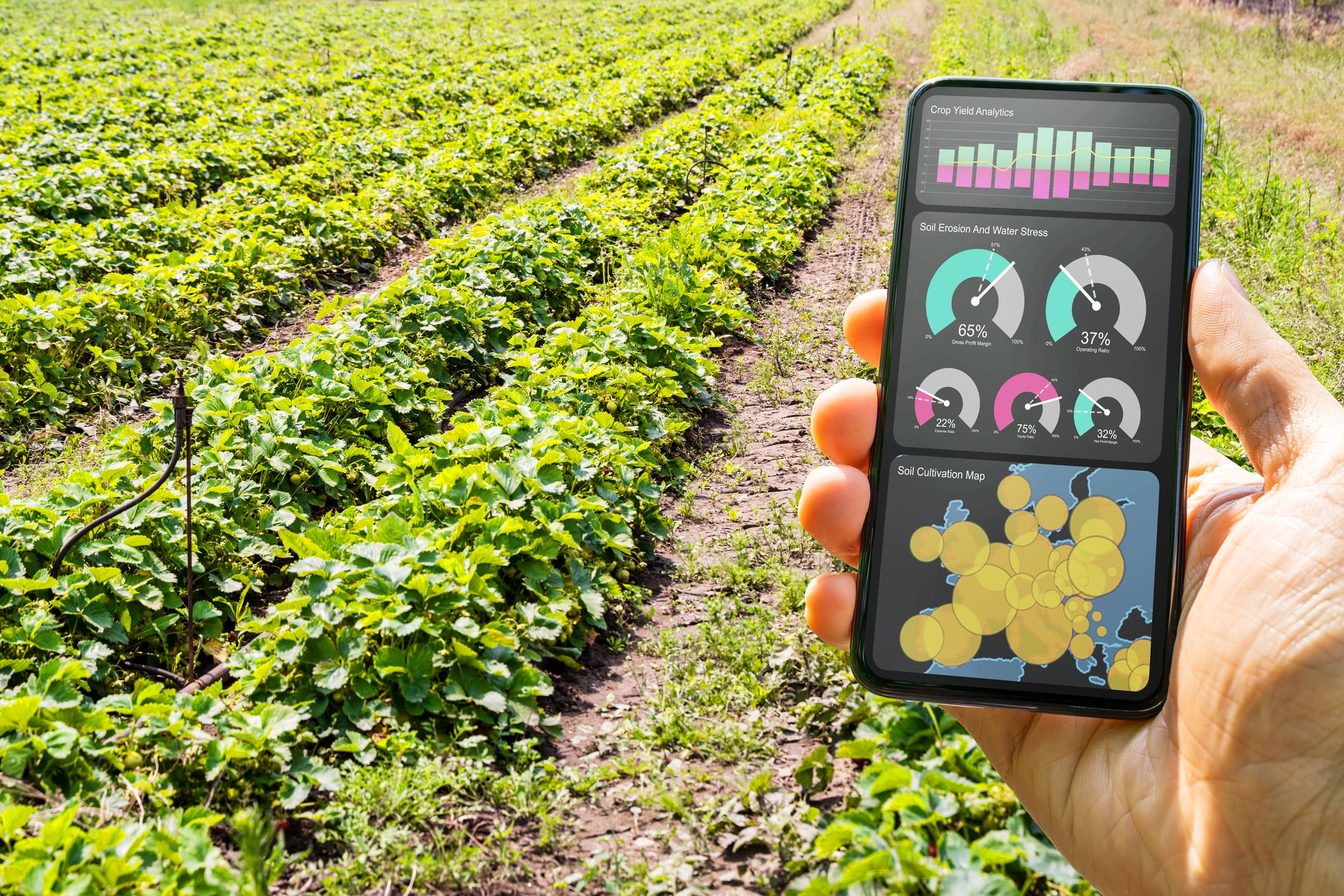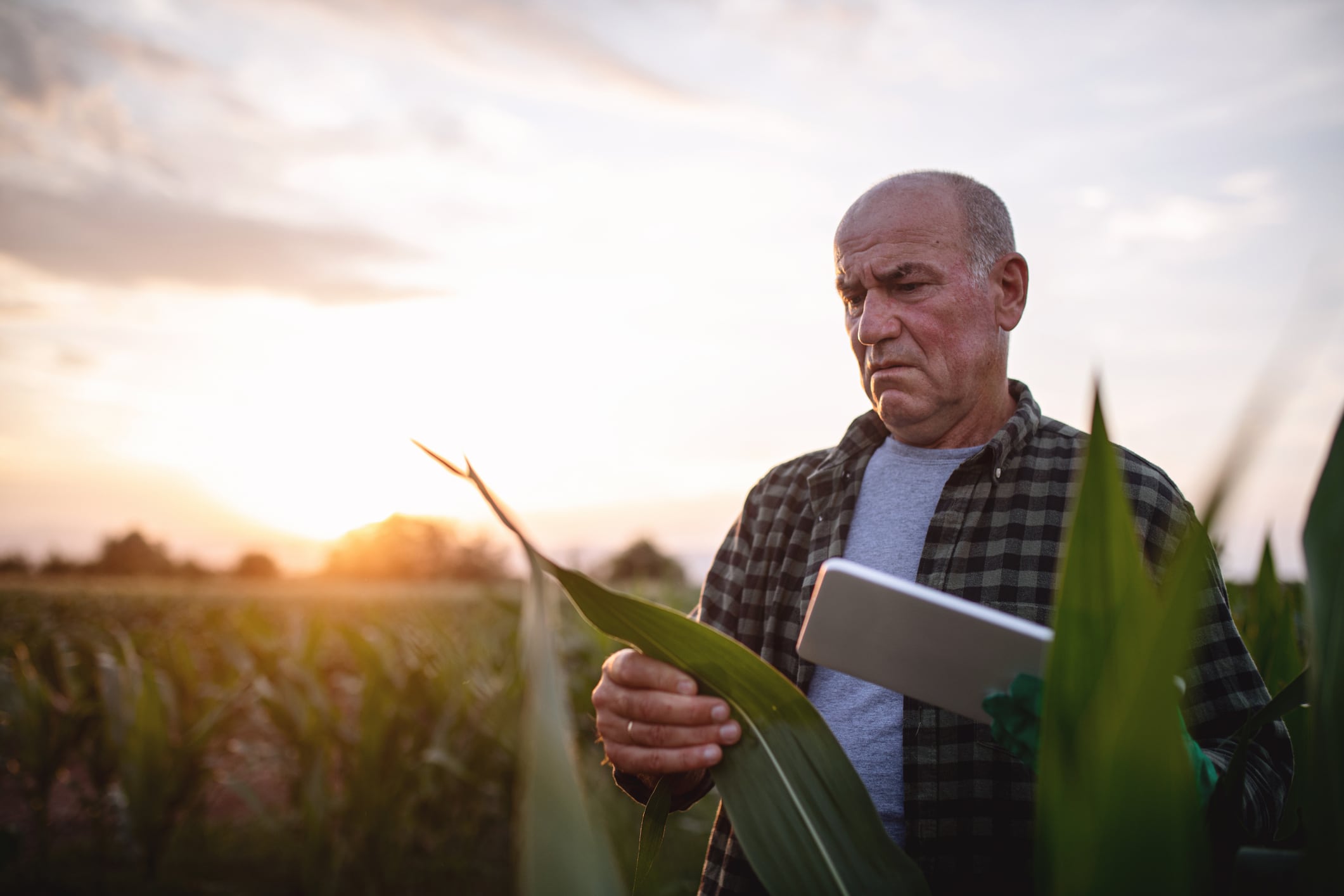To unravel the latest insights into farmer attitudes and discuss what strategies could be effective in promoting adoption, AgTechNavigator will host an editorial webinar titled ‘Farmer attitudes and adoption… How to ensure we’re putting the ag into agtech’ on Tuesday, July 1.
The one-hour session, moderated by AgTechNavigator editor Oliver Morrison in the UK, features specialists in farmer-led tech adoption and innovation.
More collaboration, co-development, and co-design is necessary to overcome the persistent barriers to agtech adoption among farmers, they say.
Collaborative approaches – where farmers, researchers, and technology providers work together from the earliest stages – can help ensure solutions are practical, user-friendly, and address real-world challenges, they argue.
It comes as farmers express concerns that they are not sufficiently considered during the development of agtech innovations, with feedback suggesting a disconnect from R&D and a desire for practical solutions.
There is ‘strong’ enthusiasm for tech, but adoption is ‘never a given’, according to recent research from the UK Agri-Tech Centre.
A Barclays report from April of this year also highlights that despite the potential of technologies such as precision farming and soil carbon monitoring, nearly half of farmers surveyed cited an unclear return on investment as a key barrier, and many felt that the government could do more to support them with guidance and long term policy clarity.
The ag ecosystem needs to “better address how agri-tech can be developed for the farmer by thinking about on-farm use cases and joining up developers and end users”, believes Sophie Fry, head of sustainability policy development at Barclays.
Are we using the wrong terminology?
Farming is particularly unique compared to other sectors, adds Tom Slattery, farming innovation support manager at the UK Agritech Centre. “Technology cannot be scaled up in the way that you normally expect because each individual business has got different needs in terms of how they’re going to adopt it.”
Terminology used by the tech sector can often alienate farmers, he adds. “Terms like agtech or innovation have become quite off putting. Farmers don’t see themselves as innovators. They are open to technology if it is practical, solves real, on-farm challenges and is respectful of their time. Often those things aren’t considered enough if the technology is being developed outside a co-development strategy.”
Farmers are “rational sceptics,” explains John Seed, a partner at the Woodend Farming Partnership, based in Scotland.
“A lot of the technology that’s pushed forward comes from technology companies and academics which are both discipline-bound, whereas most farms are based on interconnected systems.”
The biggest tech innovation?
Seed describes AI as the biggest technological innovation of the day. That’s because “it allows machines to perform independently; it allows offices to be run efficiently and it allows me to not spend a lot of time sitting in a tractor going up and down a field. I think in two years’ time AI will have changed the nature of this industry in a way that none of us really recognise.”
The need for certainty
Farmers are not adverse to tech solutions, he stresses. But he wants the three “elephants in the rooms” – the banks, retailers and governments – to help de-risk the transition to using new tech.
Proof of concept and real-world validation is another piece of the puzzle, adds Karl Behrendt, professor in agri-tech economic modelling at Harper Adams University. “We need to understand and identify what potential solutions are, rather than rock up with a bit of kit and ask what it can used for in the farming system.” Real evidence that technology is worth the investment and is going to improve a farmer’s business is often a missing component, he believes.
It also crucial that tech companies offer support beyond the point of sale, adds Slattery. If an agtech start-up can demonstrate it will be there to support farmers, “that is huge” in terms of building their trust.




